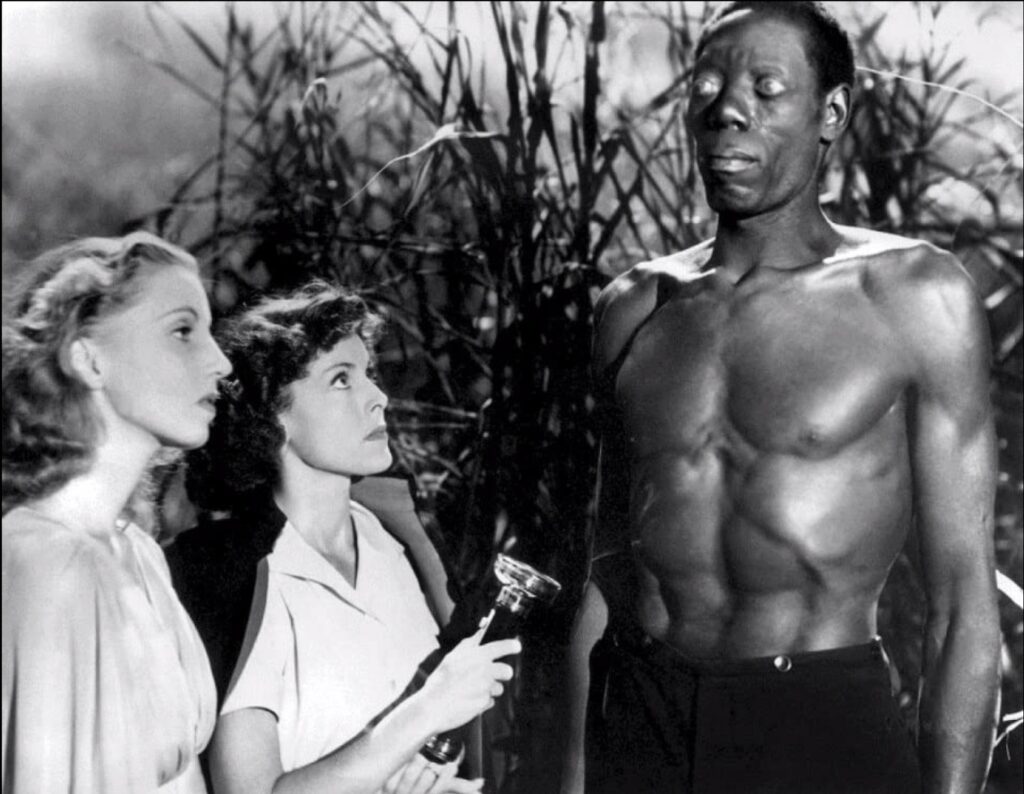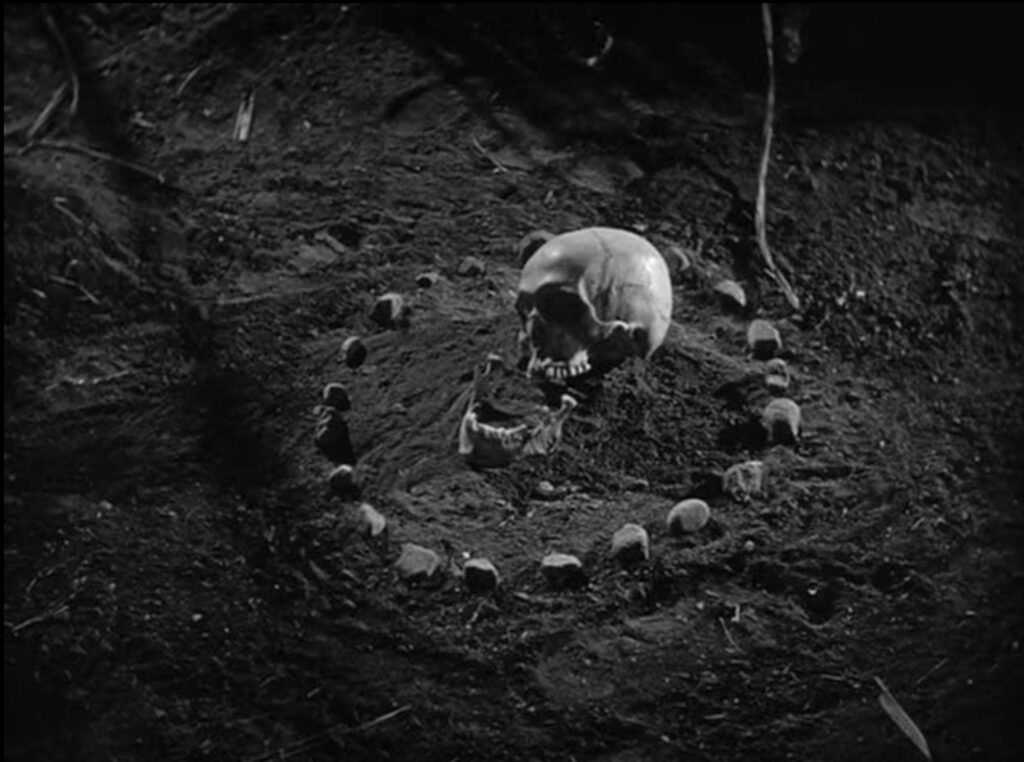Zombies are a big part of pop culture, but the traditional image of zombies is not like we know it now. One of the first movies of the genre celebrates its 80th anniversary in April, and it’s not what you were expecting.
Jacques Tourneur’s I Walked with a Zombie (1943) follows a young nurse, Betsy (Francis Dee), who moves to the Caribbean to take care of the ailing wife, Jessica (Christine Holland), of a plantation farmer, Paul (Tom Conway). Betsy stumbles upon Haitian voodoo she thinks will heal the women, only to find out the couple have more secrets to hide.
The zombies of this movie aren’t dead, eating brains or suffering from a virus, but instead are soulless humans with no free will. Jessica is a sick woman whose human qualities have been replaced by glazed, expressionless eyes, similar to the zombie we’re familiar with.
Tourneur, working with a small budget, creates suspense not from traditional scares or gore but from camera work and lighting that creates an overall mood and sense of dread and fear.
When Betsy takes Jessica through the sugar cane fields, it’s not the dead animals or statues that create the scare, but the bug-eyed voodoo guardian, Carre-four. Whenever he appears, his skeleton-like stature and popped out eyes are by far the scariest parts of the movie.

Carre-four’s look and usage makes it difficult to forget the blatant racism examined here. The 1943 movie doesn’t shy away from revealing the family’s slave trading past — the reason why many people on the island still work on the plantation.
At the same time, the movie does carry a dated and somewhat condescending undertone in its use toward people of color. The voodoo is seen as something silly and unbelievable to Western folk while the family uses the superstition the townspeople believe in as a weapon to manipulate them. Like when Mrs. Rand raises the possibility of it to goad people to take medicine.
I Walked with a Zombie is not like the zombie movies of today, but leaves the topic of the living dead very well explored even if the voodoo is portrayed without a lot of detail. It is a quick and stylish jaunt through Caribbean voodoo and the remnants of colonial racism worth checking out.


